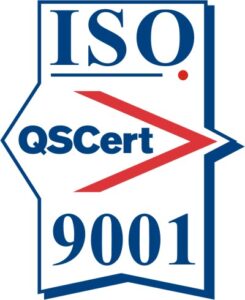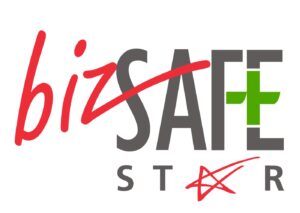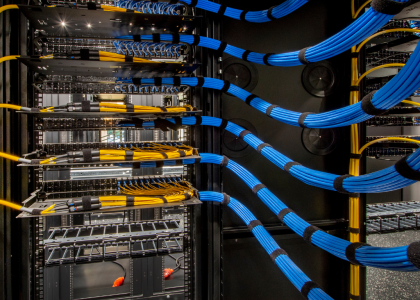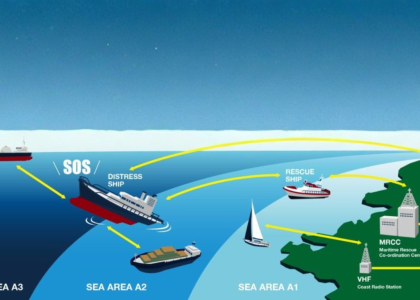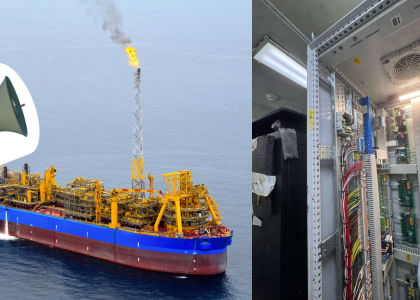Understanding Noise, SPL and SNR metrics enhances sound coverage studies in an industrial area. This ensures efficient communication and safety. The parameters, Noise, Sound Pressure Level (SPL), and Signal-to-Noise Ratio (SNR) play a pivotal role and lead to more accurate recommendations and optimal sound system performance.
Understanding the Key Concepts
Noise
In an industrial setting, noise refers to the unwanted sound that can interfere with communication systems. Noise sources can range from machinery and equipment operations to environmental factors. High noise levels can hinder effective communication, making it crucial to measure and mitigate them during a sound coverage study.
Sound Pressure Level (SPL)
SPL measures the pressure of a sound wave relative to a reference value and is typically expressed in decibels (dB). It indicates the loudness of a sound and is a critical factor in ensuring that communication signals are audible over the background noise in an industrial area. Proper SPL levels are essential for clear and effective communication, particularly in noisy environments.
Signal-to-Noise Ratio (SNR)
SNR is the ratio of the desired signal (such as a communication message) to the background noise level. It is also expressed in decibels (dB). A higher SNR indicates a clearer and more intelligible signal, which is vital for effective communication in industrial settings. SNR helps determine the quality of the audio signal and guides decisions on amplification and noise reduction.
Conducting a Sound Coverage Study
Step 1: Noise Assessment
Begin by conducting a thorough noise assessment of the environment. Use a sound level meter to measure the ambient noise levels at different times of the day and under various conditions. Identify any significant noise sources and document their impact on the overall noise profile. This data will serve as a baseline for evaluating the effectiveness of the sound coverage system.
Step 2: SPL Mapping
Next, perform an SPL mapping of the area. Place microphones or SPL meters at strategic locations throughout the space and measure the SPL produced by a test signal, such as pink noise or a calibrated sound source. Create a detailed map showing SPL variations in each zone. Look for areas with significant drops or peaks in SPL, which could indicate issues with sound distribution.
Step 3: SNR Evaluation
With the noise levels and SPL data in hand, calculate the SNR for different points in the space. Focus on areas where the SNR might be lower than desired. Ensure that the SNR meets the recommended thresholds for clear communication. Typically, an SNR of at least 15-20 dB is desirable in industrial settings.
The SNR equation can be expressed in two main forms: linear and logarithmic (decibel) form.


Recommendations for Sound Coverage Optimization
Noise Control
Implement noise control measures such as sound barriers, damping materials, and noise-canceling technologies. Schedule noisy operations during off-peak hours to minimize interference with communication.
Adjusting SPL
Increase the output power of communication systems in areas with high noise levels to achieve the desired SPL. Consider the use of directional speakers to focus sound coverage on specific areas, reducing spillover noise.
Enhancing SNR
Use high-quality microphones and speakers designed for industrial environments to improve signal clarity. Implement digital signal processing (DSP) techniques to filter out background noise and enhance the desired signal.
Get an Expert Team
A thorough understanding of noise, SPL, and SNR metrics is essential for conducting an effective sound coverage study in industrial areas. Team Vivo has got you covered! By carefully assessing these parameters and implementing targeted measures, our sound coverage studies ensure that can optimize communication systems, ensuring clear and reliable audio transmission even in the noisiest environments.



